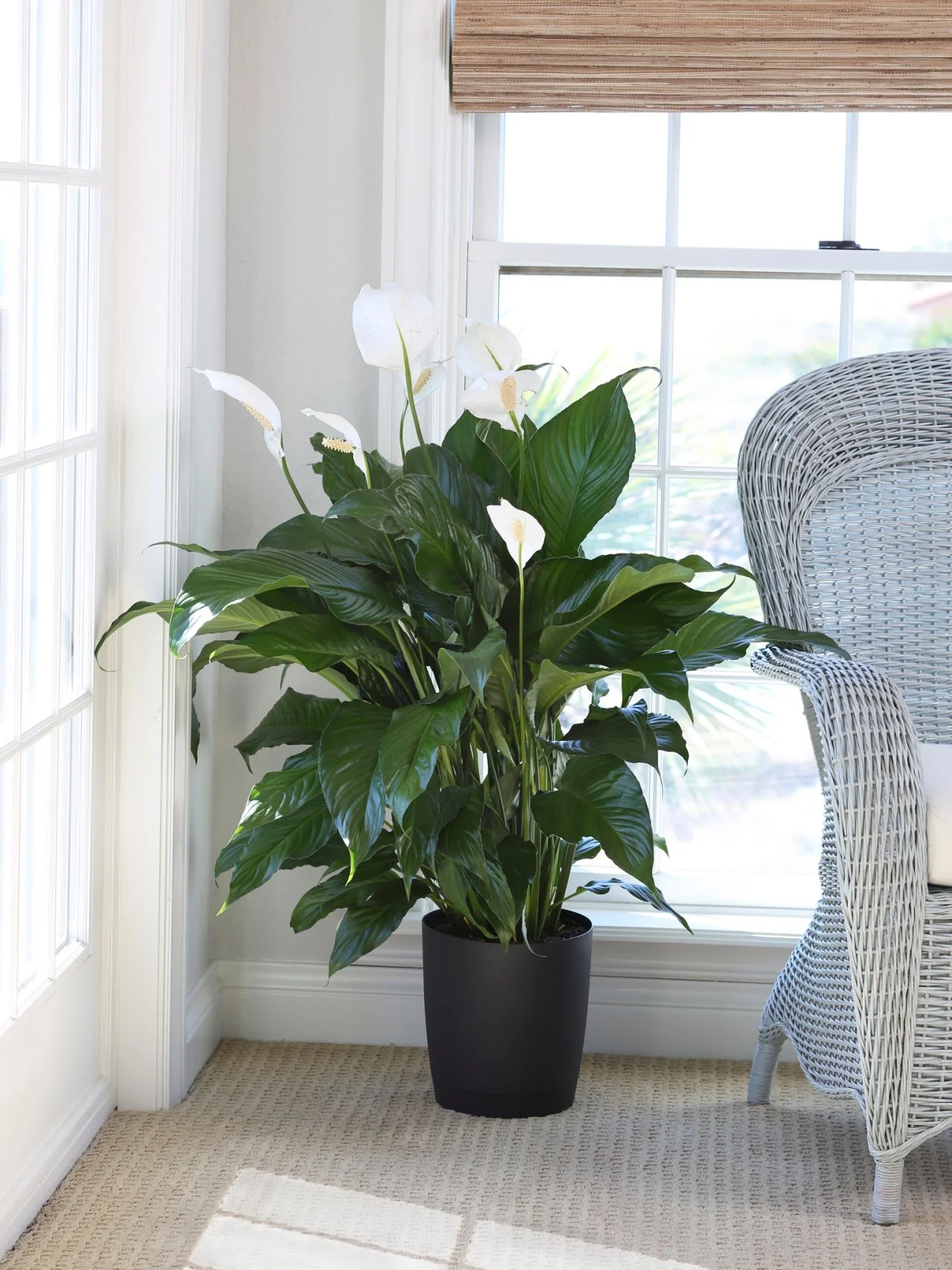Explore the Unique Advantages of Low-Light Indoor Plants for Your Living Room
Including low-light interior plants into your living space offers a multitude of benefits that extend far past mere looks. These sturdy plants not only grow in settings with minimal sunlight but likewise serve vital functions such as air filtration and moisture enhancement.
Air Purification Benefits
Low-light interior plants not just improve the visual charm of living rooms yet additionally play a substantial function in air filtration. Study has demonstrated that particular plant types can effectively eliminate typical indoor contaminants, consisting of formaldehyde, trichloroethylene, and benzene. These compounds commonly emanate from home products such as furnishings, cleaning items, and structure materials, adding to interior air quality problems.
Plants such as the serpent plant, pothos, and tranquility lily are particularly adept at filtering dangerous substances from the air while thriving in low-light conditions. The procedure of phytoremediation, wherein plants soak up and metabolize toxic substances, enables these varieties to add dramatically to a much healthier interior atmosphere. Additionally, via photosynthesis, plants release oxygen, additionally improving air quality.
Incorporating low-light interior plants right into home or workplace rooms not just offers aesthetic advantages yet also works as a sensible strategy for boosting air top quality. By choosing the best species, individuals can create an atmosphere that advertises well-being and decreases direct exposure to harmful pollutants, making these plants a crucial aspect in modern indoor living.
:max_bytes(150000):strip_icc()/low-light-houseplants-snake-plant-hero-getty-1123-bb1e9fd1b2024e879a45c3e6bbd9fcfe.jpg)
State Of Mind Enhancement Effects
Many researches have actually revealed that integrating indoor plants can dramatically boost mood and general emotional health. The presence of greenery in interior environments has actually been linked to lowered anxiety degrees, boosted feelings of calmness, and boosted psychological health. Low-light indoor plants, in particular, thrive in settings where natural light is restricted, making them perfect for numerous living spaces.
Research shows that interacting with plants can promote the launch of serotonin, a natural chemical connected with feelings of happiness and health. In addition, the act of caring for plants fosters a sense of responsibility and achievement, further adding to favorable psychological health and wellness end results. Additionally, low-light plants such as serpent plants, pothos, and peace lilies have actually been shown to enhance air top quality, which is inherently connected to mood improvement.
Incorporating these plants right into your office or home can produce a peaceful ambience, using a sensory and visual getaway from the stress of every day life - Best low-light indoor plants. As people invest increasing quantities of time inside your home, the mood-enhancing impacts of low-light interior plants become also more crucial, supplying not just visual charm however likewise an extensive impact on emotional wellness
Reduced Maintenance Needs
For those seeking to boost their indoor spaces without a considerable time dedication, low-light indoor plants are an ideal option as a result of their low upkeep demands. These durable plants flourish in less-than-ideal lights conditions, making them best for homes and workplaces where natural sunshine is restricted.

Pest resistance is another benefit of low-light interior plants. Several ranges are less susceptible to typical pests, lowering the requirement for continuous surveillance and treatment. These plants normally expand more gradually see this website than their high-light equivalents, implying less frequent repotting and pruning are needed.
Aesthetic Charm and Adaptability

In addition, these plants can be organized in his explanation myriad methods, whether in groups for a lavish result or as standalone features to draw the eye. The options of planter styles-- from smooth ceramic pots to rustic wooden containers-- further boost their aesthetic value, enabling homeowners to reveal their personal style.
Additionally, low-light plants can be purposefully placed in areas that might or else feel neglected, such as edges or poorly lit shelves, consequently optimizing their attractive capacity. Eventually, the mix of their striking look and flexibility makes low-light interior plants a valuable enhancement to any living area, developing a welcoming atmosphere that advertises wellness and relaxation.
Improved Moisture Degrees
Enhancing interior moisture degrees is among the substantial advantages of incorporating low-light indoor plants right into living rooms. These plants normally release wetness vapor with a process called transpiration, which happens when water taken in by the roots relocates through the plant and evaporates from the fallen leaves. This procedure not just enhances humidity however additionally adds to a much healthier indoor setting.
Better humidity levels can relieve various health problems, such as completely dry skin, respiratory problems, and allergies. Numerous people experience pain in arid indoor problems, especially throughout winter season when heating systems are in use. By tactically putting low-light plants throughout your home, you can produce a more balanced moisture level that cultivates general health.
Moreover, certain low-light indoor plants, like peace lilies and spider plants, are particularly effective at increasing humidity (Best low-light indoor plants). Thus, low-light interior plants serve both visual and practical objectives, promoting a healthier atmosphere.
Verdict
In recap, low-light indoor plants provide countless benefits that contribute to a much healthier and more welcoming living space. Incorporating these durable plants right into indoor setups not only elevates the atmosphere but likewise promotes general well-being, web link establishing a tranquil refuge for residents.
Plants such as the serpent plant, pothos, and peace lily are especially proficient at filtering hazardous materials from the air while flourishing in low-light conditions. Low-light plants such as serpent plants, pothos, and tranquility lilies have actually been revealed to improve air top quality, which is intrinsically linked to mood enhancement.
Low-light interior plants, such as serpent plants, pothos, and ZZ plants, not only boost the aesthetic landscape of an area yet also introduce different appearances and shades of eco-friendly that can complement diverse interior designs. These plants normally release wetness vapor with a process known as transpiration, which occurs when water taken in by the roots relocates with the plant and evaporates from the fallen leaves.In addition, specific low-light interior plants, like tranquility lilies and spider plants, are especially reliable at enhancing moisture.